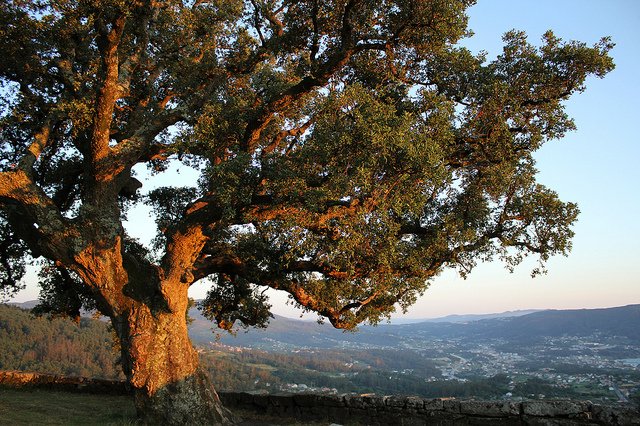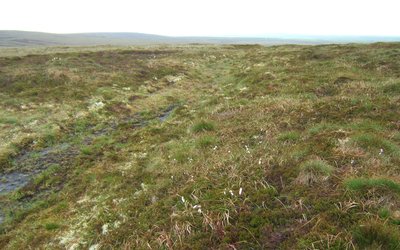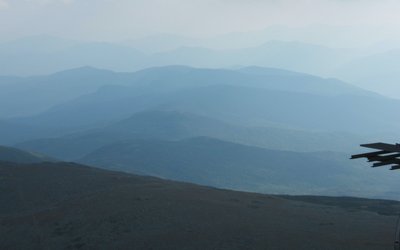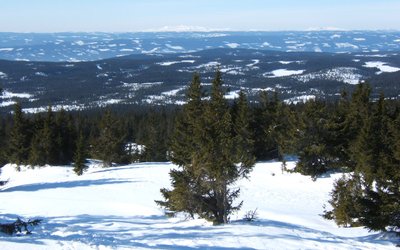Managing cork oak production under climate change in Portugal
February 3, 2016

In Portugal, pure and mixed dominant cork oak forests represent 23 % of the total forest area and about 65 % of the world’s cork exports, amounting to an annual export of 845 million €. In addition, these forests have important social and environmental values such as providing 19 thousand direct and thousands of indirect workers (e.g., tourism), soil conservation, water cycle regulation, carbon sequestration, and biodiversity protection.
Climate change may affect cork oak stands by modifying: (1) tree mortality, (2) tree growth, (3) cork growth, (4) cork quality and (5) complex interactions with pest developments. More frequent droughts and higher temperatures reduce cork growth, with direct impacts on cork thickness and the consequent cork production. This calls for changes in oak forest management.
The effects of climate change on the management of cork oak forests have been assessed for the period 2010-2100 under the A1B scenario of climate change (using one regional climate model). For the growing season (May–September) in 2100, this scenario includes 33% reduction of precipitation and 2.9°C temperature increase (compared with the reference period 1971–2000).
If current management of oak forests is maintained, climate change may result in 20% decrease in cork production in 2100. Adapted management strategies include reducing debarking intensity (ratio between debarking height and perimeter at breast height measured over cork), extending the interval between cork extractions, and increasing tree density. The first two measures reduce productivity; in combination with higher tree density, however, the negative impact of future climate could be overcome.
Source: Palma et al., 2015. Regional Environmental Change 15: 1569–1580.
Photo: Contando Estrelas (www.Flickr.com)








